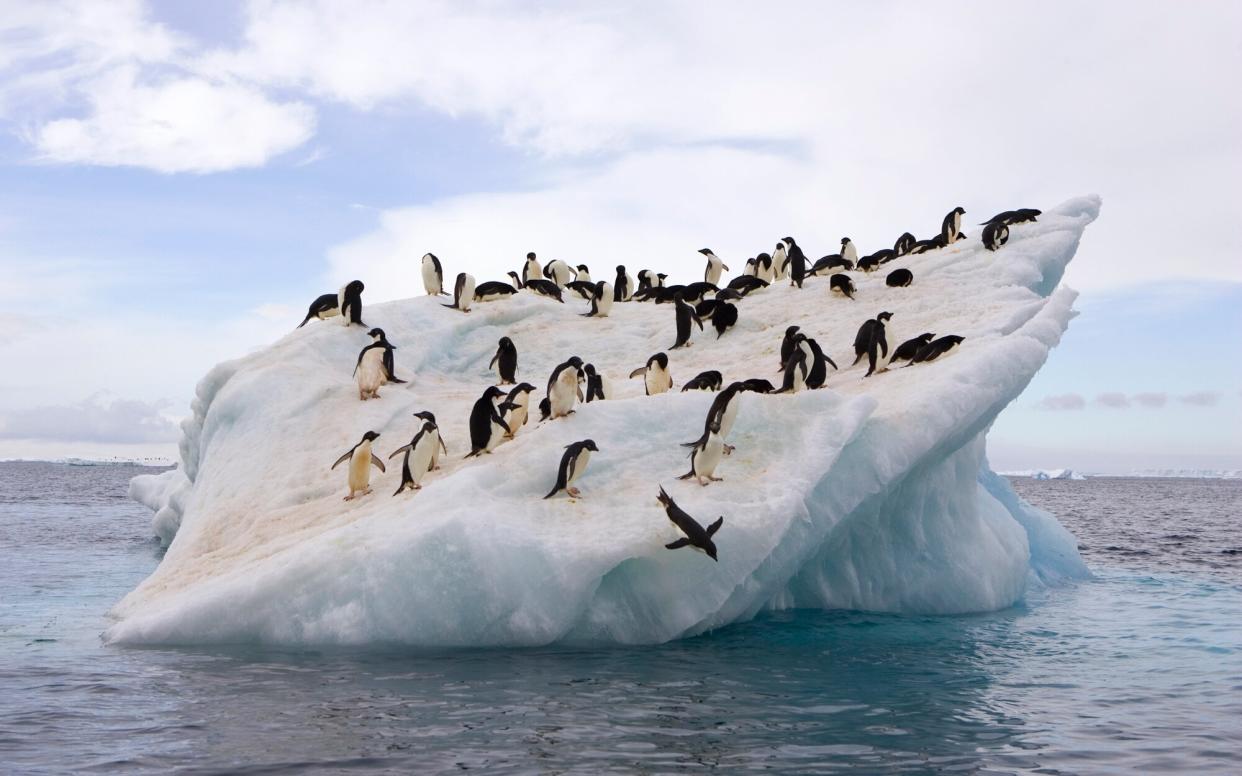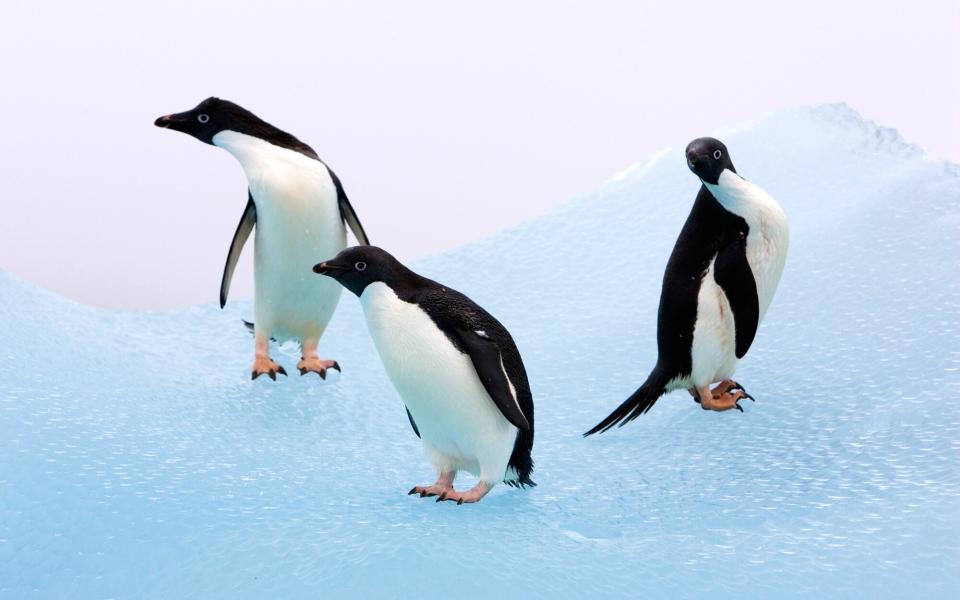Penguin Population in Antarctica Could Drop 60% Because of Climate Change

Suzi Eszterhas/Getty Images/Minden Pictures RM
Adélie penguins in Antarctica are in danger because of climate change, and their population could drop by 60 percent by the end of the century, according to a study out of the University of Delaware.
While previous warming helped the penguins by allowing them to return to their breeding grounds, according to the study, further warming has brought penguin colonies to a tipping point.
“It is only in recent decades that we know Adélie penguins population declines are associated with warming, which suggests that many regions of Antarctica have warmed too much and that further warming is no longer positive for the species,” said Megan Cimino, the study's lead author, in a statement.
Climate change impacts ecosystems around the globe, but one area where Adélie penguins breed — the West Antarctic Peninsula — “is one of the most rapidly warming places on Earth.”

Suzi Eszterhas/Getty Images/Minden Pictures RM
To study the penguin population, the study looked at satellite data collected from 1981-2010.
“Our study used massive amounts of data to run habitat suitability models,” said Cimino. “From other studies that used actual ground counts — people going and physically counting penguins — and from high resolution satellite imagery, we have global estimates of Adélie penguin breeding locations, meaning where they are present and where they are absent, throughout the entire Southern Ocean. We also have estimates of population size and how their populations have changed over last few decades."
The warmer conditions have made it more difficult for the penguins to nest and reproduce offspring. After analyzing the collected data, the researchers found a correlation between rising temperatures and declining population.
“These two things seem to be happening in the WAP at a higher rate than in other areas during the same time period," noted Cimino. “Studies like this are important because they focus our attention on areas where a species is most vulnerable to change.”

